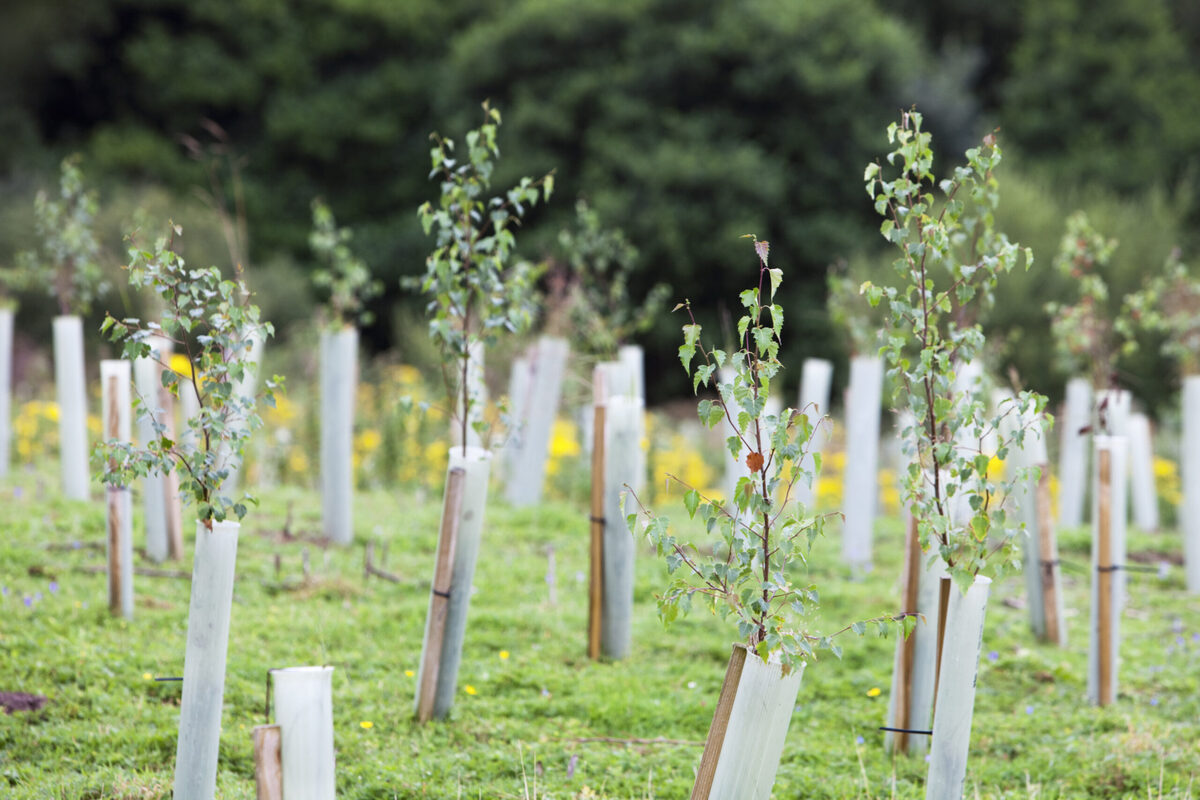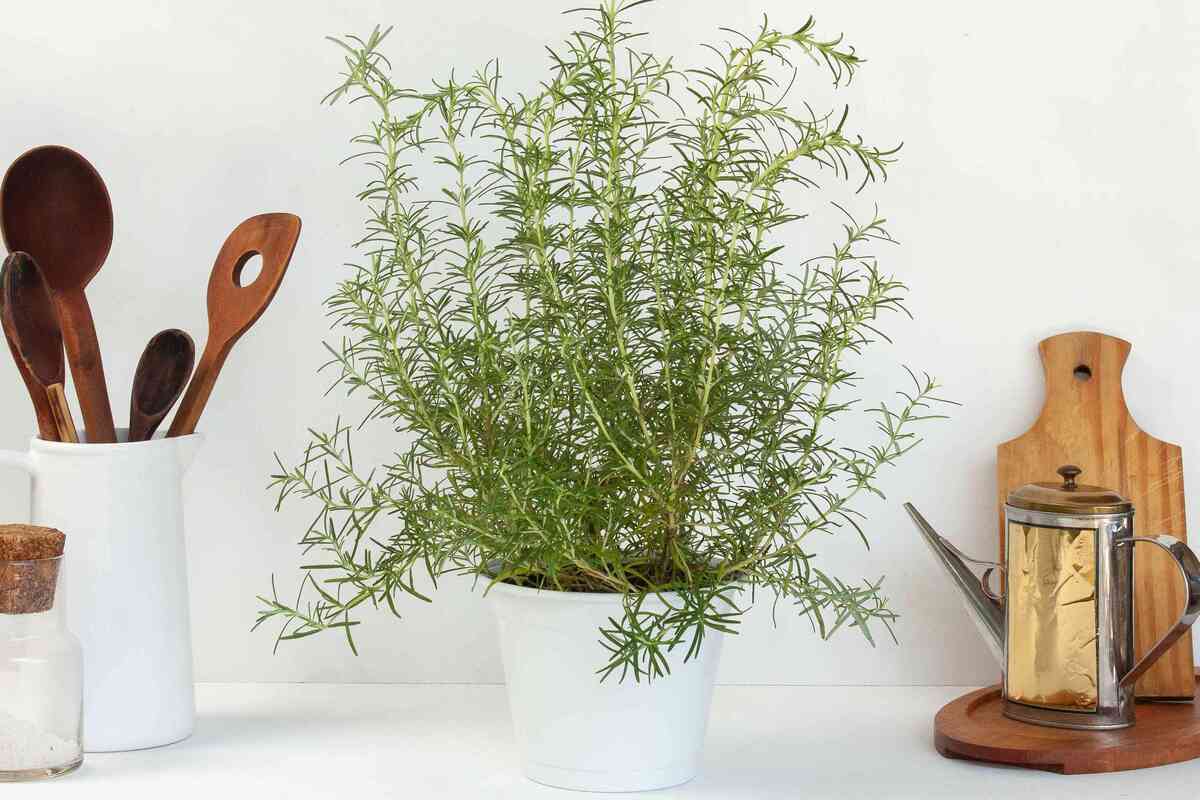Home>Gardening Techniques>Seasonal Gardening>When Do You Plant Fall Bulbs


Seasonal Gardening
When Do You Plant Fall Bulbs
Published: January 21, 2024
Learn when to plant fall bulbs for a beautiful seasonal garden. Discover expert tips and advice for successful seasonal gardening.
(Many of the links in this article redirect to a specific reviewed product. Your purchase of these products through affiliate links helps to generate commission for Chicagolandgardening.com, at no extra cost. Learn more)
Table of Contents
Introduction
Welcome to the enchanting world of fall gardening! As the vibrant hues of summer gradually fade, it's time to turn our attention to the beauty that awaits in the cooler months. One of the most delightful aspects of fall gardening is the opportunity to plant fall bulbs, which will burst forth in a symphony of colors when spring arrives.
Fall bulbs are nature's promise of the beauty that lies ahead. They are a testament to the cycle of life, as they lie dormant in the earth, patiently awaiting their time to emerge and dazzle us with their splendor. Whether you're a seasoned gardener or a novice with a passion for plants, the allure of fall bulbs is undeniable.
In this guide, we'll delve into the magical realm of fall bulbs, exploring the intricacies of selecting, planting, and caring for these botanical treasures. By the time we're done, you'll be equipped with the knowledge and confidence to cultivate a breathtaking display of blooms in your own garden.
So, grab your gardening gloves and a sense of wonder as we embark on a journey to unravel the mysteries of fall bulbs. Let's uncover the secrets to creating a tapestry of color that will uplift your spirits and infuse your outdoor space with a sense of rejuvenation.
Understanding Fall Bulbs
Before we delve into the art of planting fall bulbs, it’s essential to understand the nature of these remarkable botanical gems. Fall bulbs, also known as spring-flowering bulbs, encompass a diverse array of plant species that undergo a period of dormancy before producing stunning blooms in the spring. These bulbs serve as nature’s reservoirs, storing essential nutrients and energy to fuel the growth of flowers when the time is right.
One of the key characteristics of fall bulbs is their ability to withstand the harsh conditions of winter. During this time, they lay dormant beneath the soil, insulated from the cold by a protective layer of earth. As the days lengthen and the temperatures begin to rise, the bulbs respond to these environmental cues, signaling the start of their growth cycle.
It’s important to note that not all bulbs are true bulbs; the term “bulb” is often used broadly to encompass various underground storage structures, including corms, rhizomes, and tubers. Each type has its own unique characteristics and requirements, adding to the fascinating tapestry of fall gardening.
Furthermore, fall bulbs exhibit a remarkable diversity in terms of size, shape, and color. From the iconic tulips and daffodils to the lesser-known fritillarias and alliums, there’s a bulb for every aesthetic preference and gardening style. Whether you envision a serene sea of blue hyacinths or a vibrant patchwork of mixed tulips, the possibilities are as boundless as your imagination.
Understanding the life cycle and diversity of fall bulbs is crucial for successful gardening. By gaining insight into their unique traits and requirements, you’ll be better equipped to select, plant, and nurture these botanical marvels, paving the way for a breathtaking spring display.
Choosing the Right Bulbs
When it comes to selecting fall bulbs for your garden, the options are as diverse as they are captivating. Whether you’re aiming for a harmonious color scheme or a dynamic mix of hues, choosing the right bulbs is a pivotal step in creating a visually stunning spring garden.
First and foremost, consider the climatic conditions in your region. Certain bulbs thrive in cooler climates, while others are better suited to milder or warmer environments. Understanding the specific needs of each bulb will help you curate a selection that is well-adapted to your local climate, ensuring their success and longevity in your garden.
Another crucial factor to consider is the bloom time of the bulbs. By strategically selecting varieties with staggered bloom times, you can orchestrate a prolonged flowering season that unfolds in captivating stages. This thoughtful approach can prolong the visual splendor of your garden and create a dynamic, ever-changing landscape.
Furthermore, take into account the height and spread of the mature plants. This will enable you to design visually appealing arrangements, whether you opt for a uniform display or a layered composition that adds depth and dimension to your garden beds.
Color is, of course, a defining characteristic of any garden, and fall bulbs offer an extensive palette to work with. Whether you prefer the timeless elegance of monochromatic schemes or the exuberant vibrancy of contrasting colors, the selection of bulbs plays a pivotal role in bringing your artistic vision to life.
Lastly, consider the cultural requirements of each bulb, such as sunlight exposure, soil type, and drainage. By aligning these needs with the conditions in your garden, you can ensure that your chosen bulbs will thrive and grace your outdoor space with their resplendent blooms.
By thoughtfully considering these factors, you can handpick a selection of fall bulbs that harmonize with your garden’s aesthetic and ecological context, setting the stage for a breathtaking spring spectacle that will captivate the senses and uplift the spirit.
Planting Fall Bulbs
As the crisp air of autumn sets in and the earth begins to cool, it’s time to embark on the joyous task of planting fall bulbs. This pivotal step sets the stage for the breathtaking floral display that will grace your garden in the coming spring, infusing it with a sense of renewal and vitality.
Before you begin planting, it’s essential to choose the right location for your bulbs. Most fall bulbs thrive in well-draining soil and require ample sunlight to fuel their growth. Select a site that receives the requisite sunlight and ensure that the soil is conducive to healthy root development.
When it comes to the actual planting process, the depth and spacing of the bulbs are critical considerations. As a general rule of thumb, bulbs should be planted at a depth that is approximately three times their diameter. This ensures that they are adequately insulated and protected while still being able to emerge when the time is right.
Spacing is equally important, as it allows the bulbs to establish themselves without competing for resources. Depending on the specific requirements of each type of bulb, the spacing may vary, so be sure to consult the planting guidelines for your chosen varieties.
Adding a layer of organic mulch over the planted bulbs can provide insulation and moisture retention, further supporting their growth and resilience during the winter months. This simple yet effective measure can make a significant difference in the overall health and vigor of your bulbs.
Once the bulbs are nestled in their designated spots and adorned with a cozy blanket of mulch, it’s time to bid them adieu until the arrival of spring. As they undergo their dormancy period, the magic of nature unfolds beneath the surface, as the bulbs quietly prepare to burst forth in a spectacular display of color and fragrance.
By tending to these foundational aspects of planting, you are setting the stage for a symphony of blooms that will enrapture the senses and infuse your garden with the timeless beauty of spring.
Caring for Fall Bulbs
Once you’ve planted your fall bulbs and bid them a temporary farewell as they settle into their underground abode, it’s essential to provide them with the care they need to thrive and flourish. While these resilient botanical treasures are adept at weathering the winter months, a few simple measures can bolster their health and ensure a spectacular spring display.
One of the primary considerations in caring for fall bulbs is moisture management. While it’s crucial to ensure that the bulbs have adequate moisture during their growth and blooming phases, it’s equally important to prevent waterlogged conditions during their dormancy. Excessive moisture can lead to bulb rot, compromising their vitality. Therefore, it’s essential to strike a balance, providing occasional watering during dry spells while ensuring that the soil drains effectively.
Applying a balanced fertilizer in the early spring can provide the bulbs with the essential nutrients they need to fuel their growth and flowering. This targeted nourishment can bolster their resilience and contribute to the development of robust, vibrant blooms.
As the green shoots of the bulbs begin to emerge in the spring, it’s important to monitor them for signs of pest infestation or disease. Vigilance in this regard can help mitigate potential issues and safeguard the health of the plants as they prepare to unfurl their blossoms.
Once the bulbs have completed their blooming cycle, it’s advisable to deadhead the spent flowers. This simple practice prevents the plants from expending energy on seed production and encourages them to redirect their resources towards strengthening the bulbs for the following year’s display.
After the blooms have faded and the foliage begins to yellow and wither, it’s crucial to resist the urge to remove the leaves prematurely. The foliage plays a vital role in replenishing the bulbs’ energy reserves through photosynthesis. Allow the leaves to senesce naturally, and only trim them back once they have turned brown and dry.
By tending to these essential aspects of care, you can nurture your fall bulbs and set the stage for a magnificent display year after year. With a thoughtful approach and a touch of attentive care, you’ll be rewarded with a breathtaking tapestry of color that heralds the arrival of spring in all its resplendent glory.
Conclusion
As we draw the curtain on our exploration of fall bulbs, we find ourselves imbued with a profound appreciation for the artistry and resilience of these botanical marvels. From the anticipation of planting to the joy of witnessing their vibrant blooms, fall bulbs offer a captivating journey that unfolds with each passing season.
Throughout this guide, we’ve uncovered the intricacies of understanding, selecting, planting, and caring for fall bulbs, each step contributing to the orchestration of a magnificent springtime spectacle. We’ve marveled at the diversity of bulbs, from the iconic tulips to the exquisite fritillarias, and gained insight into the nuanced considerations that guide their cultivation.
As we bid adieu to these pages, let us carry forth the wisdom and inspiration they impart. Let us venture into our gardens with a renewed sense of wonder and purpose, ready to embark on a journey that intertwines our creativity with the rhythms of nature.
May the act of planting fall bulbs be a testament to our belief in the beauty that lies ahead, even in the midst of dormancy and uncertainty. May the care we bestow upon these humble bulbs serve as a reflection of our commitment to nurturing life and celebrating the cyclical splendor of the natural world.
And as we eagerly await the arrival of spring, may the sight of our gardens bursting forth in a kaleidoscope of colors serve as a poignant reminder of the enduring resilience of life and the timeless allure of renewal.
So, let us tread lightly upon the earth, our hearts brimming with gratitude for the gifts it bestows. Let us revel in the simple yet profound joy of coaxing forth beauty from the soil, and let us cherish the fleeting moments of each season, knowing that the cycle of growth and transformation continues unabated.
With each bulb we plant, we sow not only the seeds of floral splendor but also the seeds of hope, patience, and reverence for the natural world. And as the seasons unfurl, may our gardens stand as a testament to our enduring connection to the earth and the timeless rhythms that guide us all.


